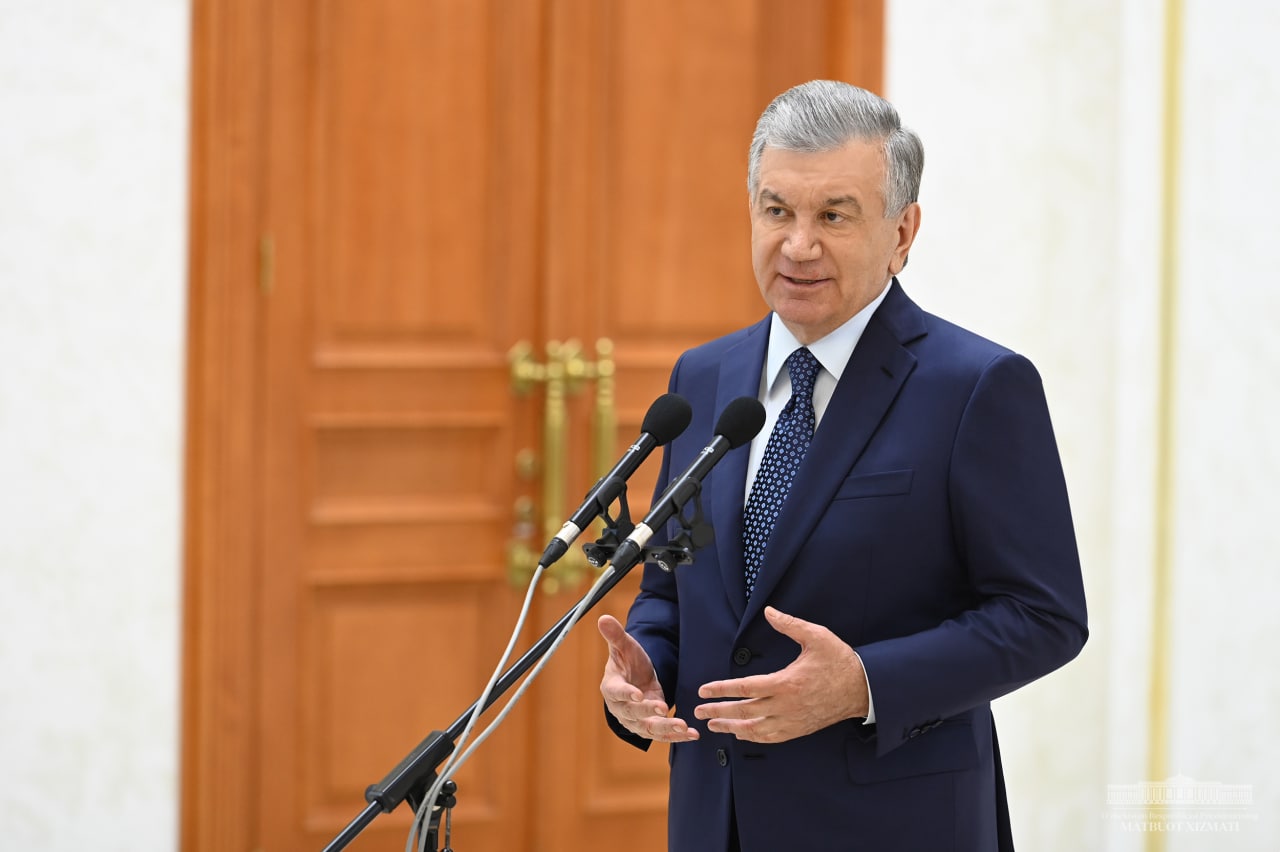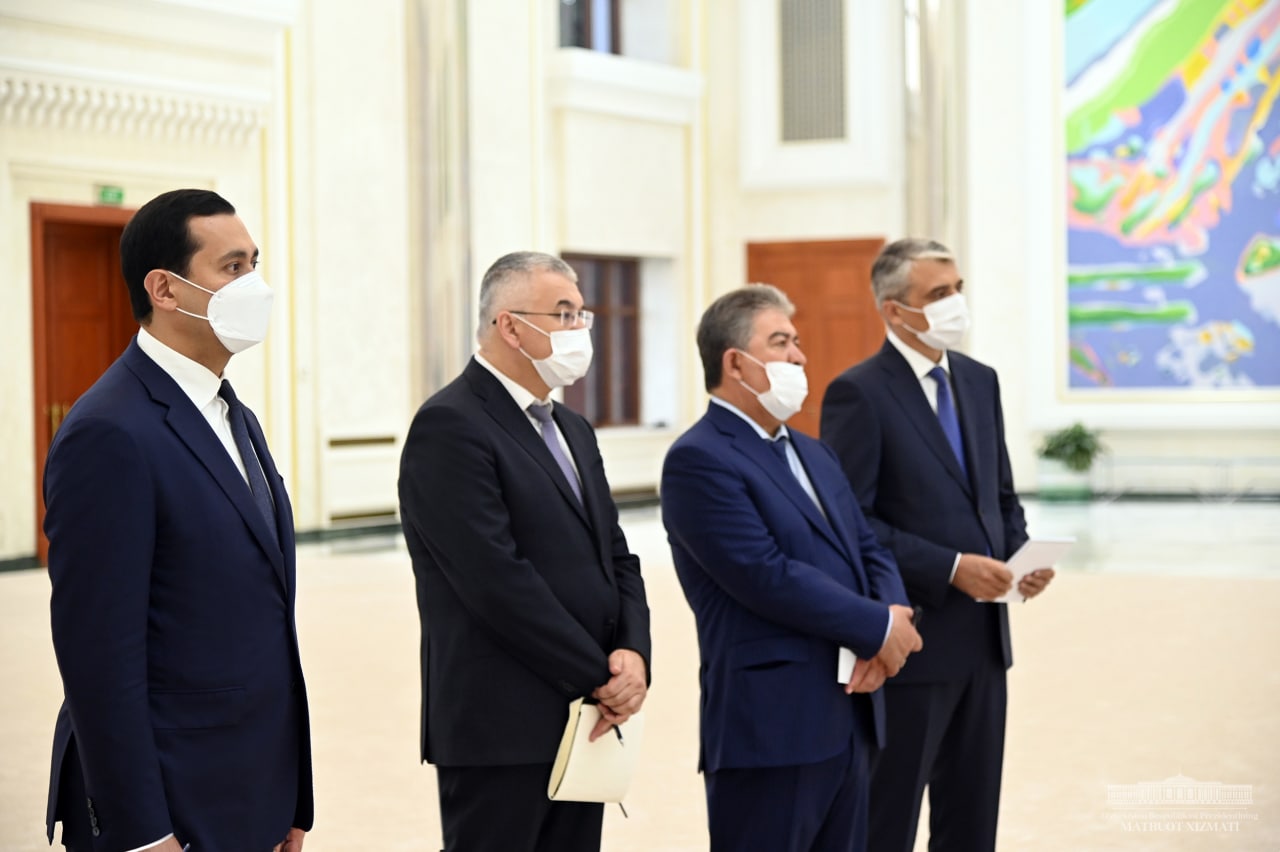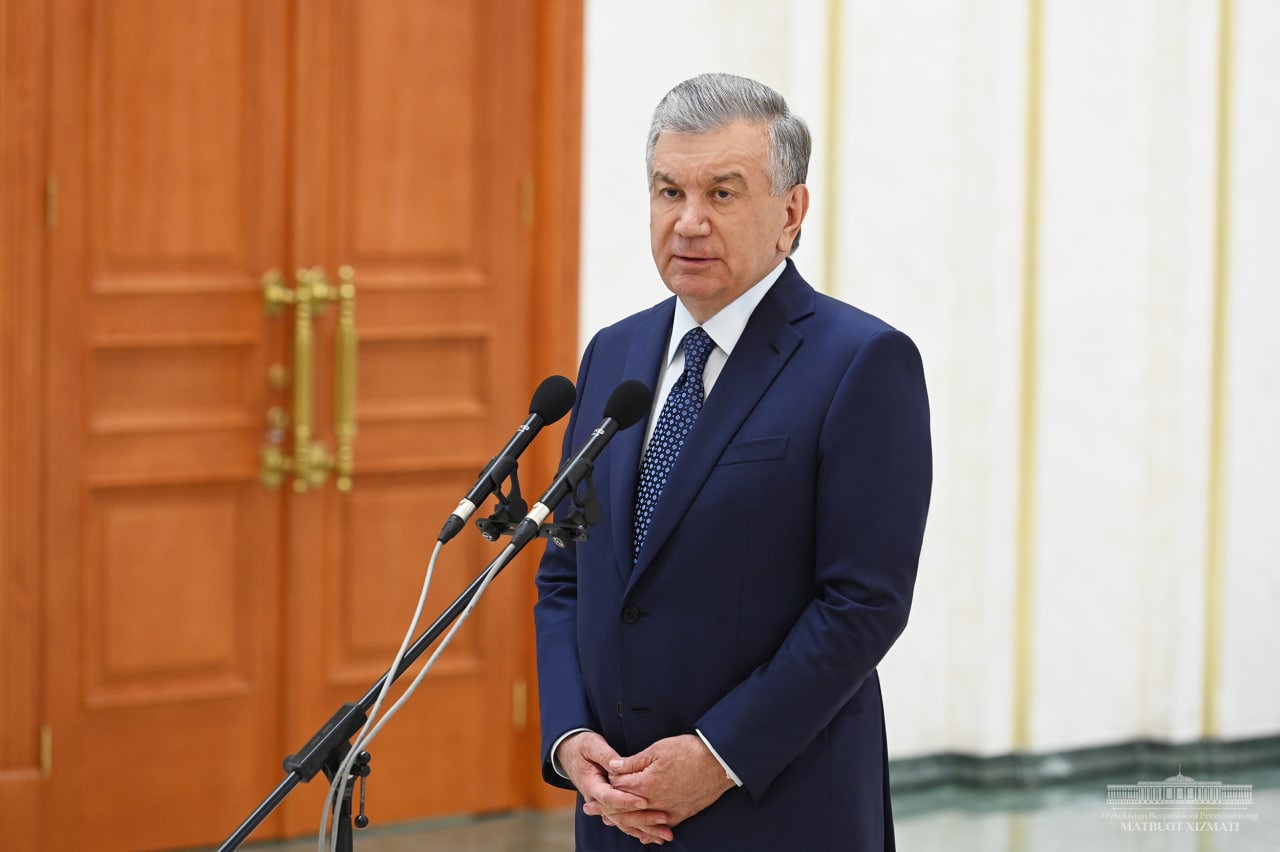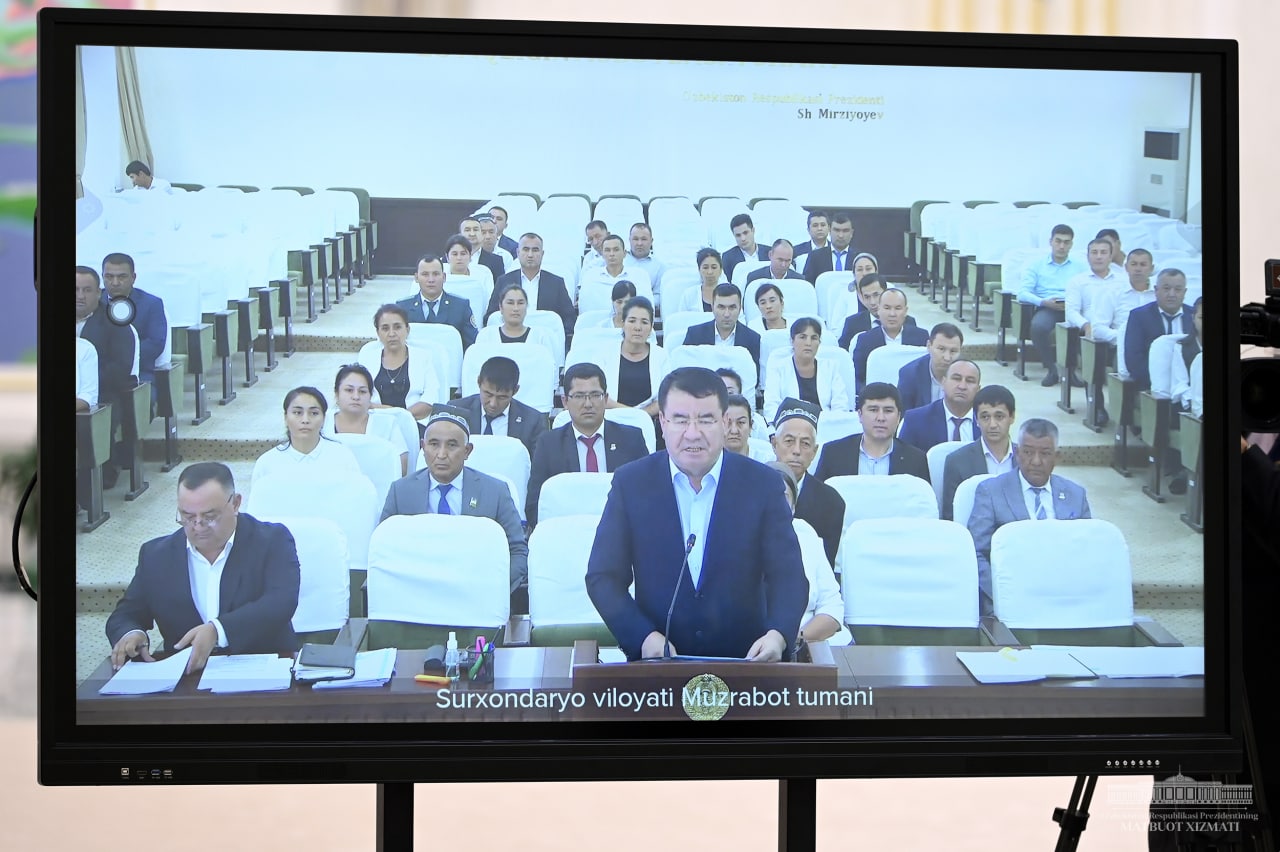
22.07.2022
On July 22, President Shavkat Mirziyoyev got acquainted with the presentation of projects to improve the potable water supply in Surkhandarya, Namangan and Tashkent regions.
Access to potable water plays an important role in ensuring a healthy and quality life. A special attention is paid to this issue and targeted projects are being implemented in our country. In 2017-2022, more than 25,3 thousand kilometers of water supply networks and over 1,8 thousand water facilities for 12 trillion Uzbek soums were built or reconstructed. As a result, 6,5 million people have got an access to a centralized water supply for the first time, and the provision of potable water to more than 4 million people improved. In general, today the level of centralized provision of the population with a potable water is 70 %.
The Development Strategy for 2022-2026 sets a goal to increase the coverage of centralized potable water supply to 87% and upgrade the sewerage system at 155 district centers. Part of this work are the projects planned in Surkhandarya, Namangan and Tashkent regions.
There is a reason for these regions to be in the spotlight. Thus, in Chust, Pap, Namangan and Muzrabad districts, the supply of potable water is 50%, which is worse compared to other districts. The existing water supply networks are outdated. The incidence of gastrointestinal and urological diseases has increased due to water hardness, which has increased to 1,5 times.
A sewer coverage does not reach 60% in the cities of Yangiyul, Angren, Chirchik, Almalyk and Bekabad. This figure is 3% in Chust and Chinaz districts, while such networks do not exist at all in Mingbulak district. Moreover, a lot of new housing has been built in these districts and cities, and the population has grown in recent years.
During the presentation, the responsible officials reported on these projects.
The projects are planned to be implemented in Muzrabad district of Surkhandarya region, 4 districts of Namangan region, 7 cities and districts of Tashkent region, covering 1,2 million people. 590,000 residents will have an access to a potable water supply and sewerage services for the first time, and 595,000 people will have a better access to potable water.
Discussing the technical and economic aspects of the projects, the President asked if there were enough water sources for them. The President has underlined the need to include in projects access to water resources in an amount that will last at least for 30 years.
The recommendations were also given to reduce the cost of construction. In particular, it was noted that it is possible to reduce costs by 10% through purchasing 80% of materials from the local manufacturers.
Another important issue is ensuring the return on investment. In many places, the receipt of payments for the consumption of potable water is insufficient. The accounts receivable in Namangan, Surkhandarya and Tashkent regions reached 210 billion Uzbek soums.
In this regard, an instruction was given to use the energy-efficient equipment, reduce costs and losses in potable water transportation. The importance of digitalization of all processes, ensuring the receipt of payments, working in the context of makhallas (the local neighborhood community areas) was noted.








